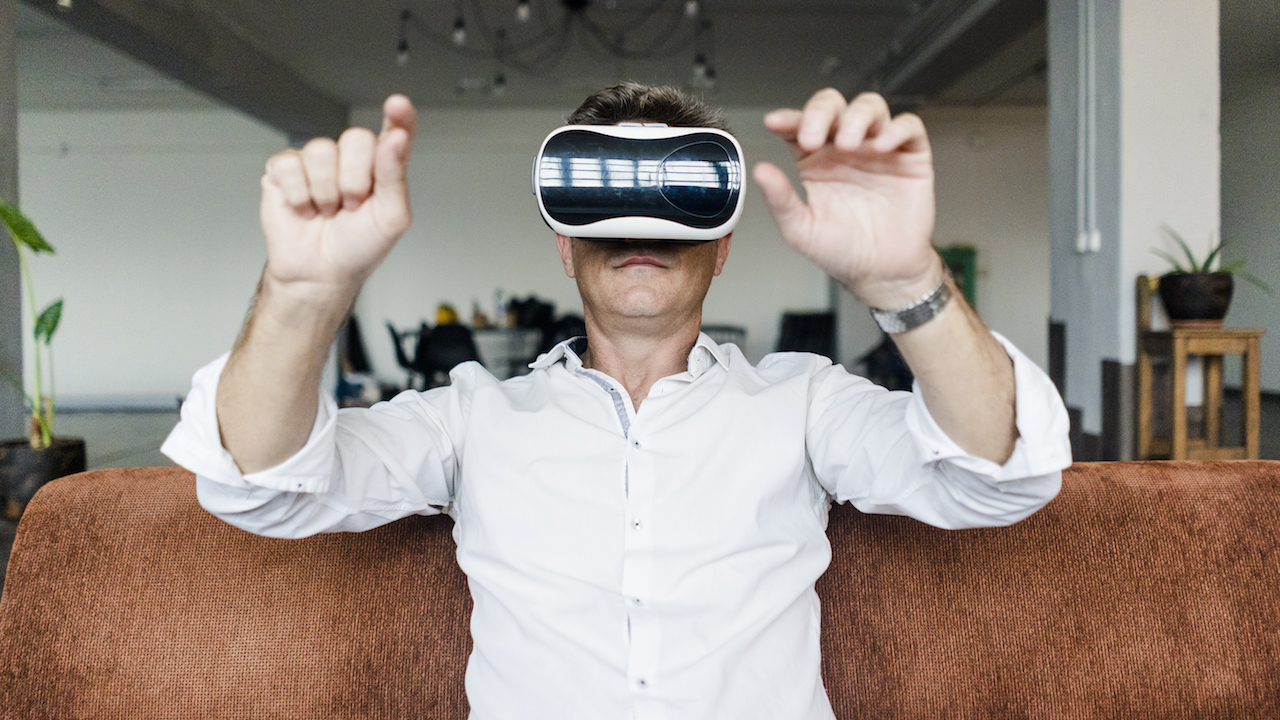According to new research by global tech market advisory firm ABI Research, nearly 28 million augmented and mixed reality smart glasses will ship in 2026, while the total global AR/MR market will surpass $175 billion in the same year. This growth and demand are spread across both enterprise and consumer, with gradual but steady enterprise demand meeting with accelerating consumer activity in the next few years.
“Major tech players across hardware, software, and services look familiar in the consumer space, contributing to strong and consistent overall growth,” said Eric Abbruzzese, research director for ABI Research. Apple, Facebook, Google, Samsung, Huawei, Microsoft, and others are all already investing significantly in AR. “Those big tech names, with active investment and product ranging from already available, to announced, to all-but-announced, are creating a consumer AR market that will be dynamic and welcoming rather than struggling and immature.”
[Tech Trends That WON’T Happen in 2021]
Even though consumer hype dominates headlines, enterprise adoption of augmented reality continues at a respectable pace of 66 percent CAGR through 2026 (compared to 100 percent or greater CAGR for some consumer verticals). Early value shown in remote assistance, training, and knowledge capture skyrocketed alongside COVID, where remote worker enablement became a requirement rather than a value add. Not all that interest converted to adoption immediately, with some expected hesitancy around novel investment, but that interest is only strengthening even as the pandemic begins to wane. Enterprise AR platforms from the likes of PTC, Teamviewer, RE’FLEKT, and ScopeAR are both competing and cooperating with increased in-house efforts from companies entering the space with broader digitization efforts as well as more focused immersive goals.
No matter the market, binocular and mixed-reality HMDs will be the headline in terms of growth rate, with nearly 130 percent CAGR for mixed reality glasses compared to 60 percent for augmented reality glasses. Declining prices, strengthened by fresh consumer hardware competition that needs to be affordable, along with greater competitive choice and software opportunity, make mixed reality solutions the more desirable offering on average. Some targeted use cases, especially around industrial verticals and applications, will remain focused on monocular products thanks to well-developed sales and implementation channels, safety and certification needs, and often simpler implementation and usage requirements.
[Future Vision: Volvo Tests New Car Designs by Driving With an XR Headset]
“Augmented reality has seen its share of ups and downs, but the combination of enterprise and consumer uptake, along with hardware support across smart glasses and mobile devices from heavy tech hitters and platform enablers, creates a compelling market picture overall,” Abbruzzese said. “Challenges in price and implementation remain, as do questions around ultimate value for new use cases for consumers, but early and ongoing investment in the space is addressing these challenges. This early market maturity keeps consumer promising, high value worker enablement maintains enterprise value, and so the outlook for AR is robust.”
These findings are from ABI Research’s Augmented and Mixed Reality Market Data: Devices, Use Cases, Verticals, and Value Chain market data report. This is part of the company’s Augmented and Virtual Reality research service, which includes research, data, and analyst insights. Market Data spreadsheets are composed of deep data, market share analysis, and highly segmented, service-specific forecasts to provide detailed insight where opportunities lie.
